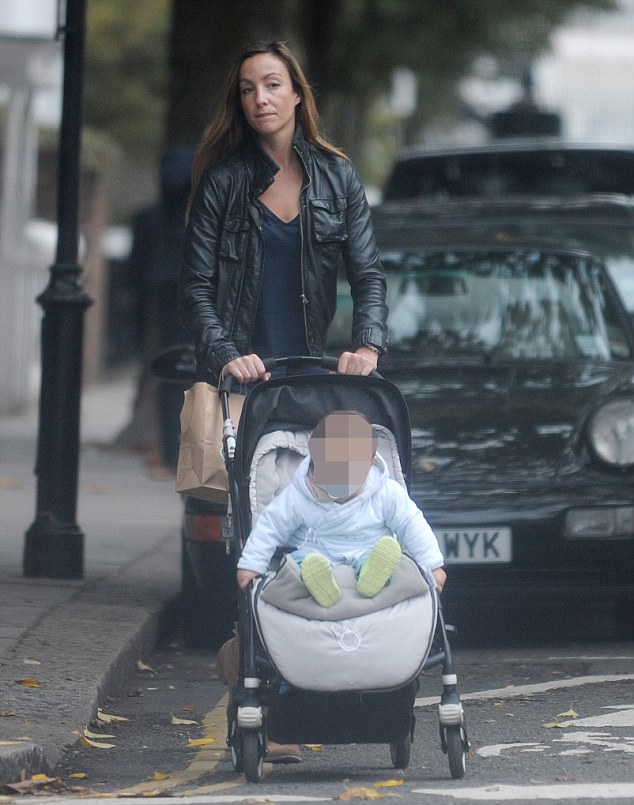In 1953, Marlon Brando found himself in a compromising situation upon his return to Hollywood from New York City for filming.
A photo depicting Brando engaged in a controversial act with an unidentified man remained hidden for over five decades until its online release in 2004.
According to Kearns, author of “Marlon Brando: Hollywood Rebel,” the scandalous photo had been a subject of discussion for four decades.
It was initially downplayed as a mere joke captured at a party in Harlem hosted by a key figure in the drag ball community, later evolving into the vogue balls scene in the ’80s.
Despite the authenticity of the photo, Brando reportedly took it light-heartedly.
The image quickly circulated widely following the party, with reports of it being openly sold in Paris.
Notably, there were attempts by controversial figures like Kenneth Anger to publish the picture for years without success.
Contrary to the expectations of scandal, Brando remained unfazed by the photo’s emergence.
His steadfast focus on his craft and the revolutionary impact of his acting kept him afloat in Hollywood without facing repercussions.
Brando’s illustrious career saw him receive numerous Academy Award nominations and eventually winning for his role in “On the Waterfront.”
Despite his disdain for acting, Brando’s talent and influence on the industry were undeniable, solidifying his place as one of Hollywood’s most celebrated leading men.
Beyond his professional life, Brando’s personal affairs often made headlines.
His openness about his bisexuality stood out, reflecting his nonchalant attitude towards public opinions.
Reports also hinted at a close relationship with Wally Cox, whom Brando cherished as more than just a friend or lover, but a soul brother.
The enduring bond between Brando and Cox endured even after Cox’s passing, with Brando holding onto his friend’s ashes for years.
When Brando passed away in 2004, a part of their ashes was scattered together in Death Valley, symbolizing a friendship that transcended earthly boundaries.
Despite speculations surrounding Brando’s relationships, accounts from those close to him, including Cox’s wives, dismiss the notion of a romantic involvement between Brando and Cox.
Their connection was described as genuine brotherly love, built on shared experiences and camaraderie.
Additionally, Kearns delved into Brando’s association with James Dean, dispelling rumors of a romantic entanglement between the two icons.
While Dean admired Brando, the relationship was more of idolization for the character Brando portrayed rather than a personal attachment to the actor himself.
Tragically, Dean’s life was cut short in a fatal car accident in 1955, leaving behind unfulfilled aspirations and unexplored potentials in his brief 24 years.



